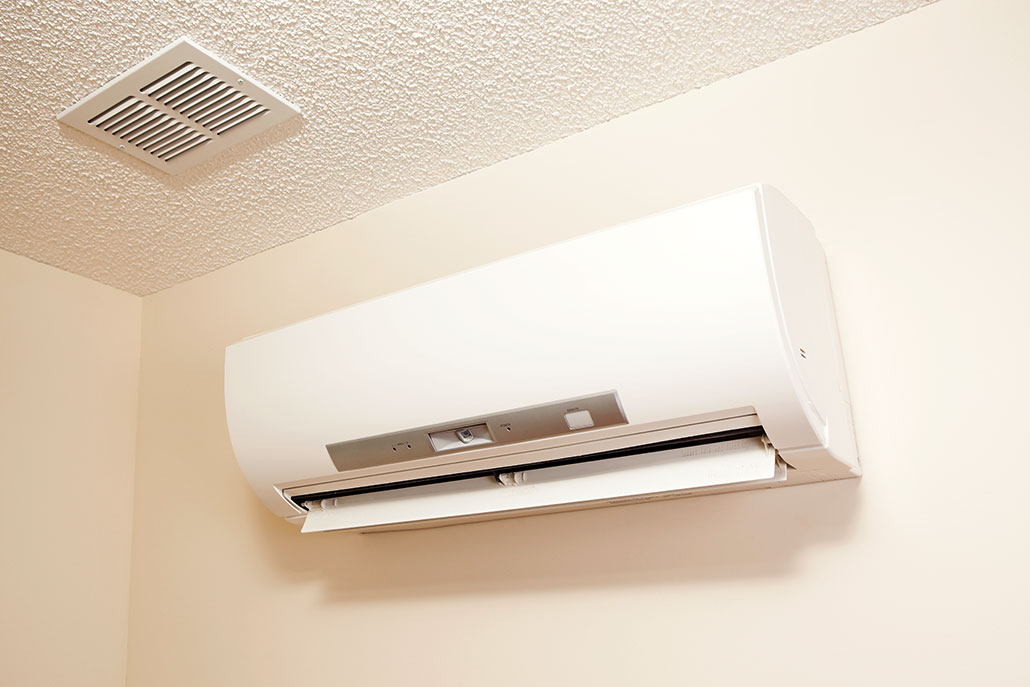Explainer: What is decarbonization?
The term usually refers to a group of strategies aimed at slowing climate change

Here’s a boy “refueling” his family’s electric car at their charging station. Switching away from vehicles that rely on diesel and gasoline is one way to decarbonize urban areas.
Maskot/Getty Images Plus
By Laura Allen
Spew too much carbon-based gas into the atmosphere and what do you get? Global warming and climate change. The solution being recommended by governments across the globe is to remove that carbon — or better yet, keep it from entering the atmosphere in the first place. Decarbonization is the six-syllable term that sums up what’s needed to put the brakes on human-induced climate change.
Carbon dioxide, or CO2, and methane (CH4) are two carbon-based gases that warm the planet. They are called greenhouse gases, or GHGs. Scientists have determined that a stable climate requires CO2 levels in the air to remain at or below 350 parts per million (ppm). Levels are currently above 400 ppm.
Major sources of heat-trapping gases are burning fossil fuels to make electricity or to power vehicles, and the burning of natural gas in buildings. Other sources include industry — especially making iron, steel and fertilizers.
Even agriculture is a big source of GHGs. Farms’ use of fossil fuels for planting, harvesting and taking crops to market releases some CO2. More comes from tilling fields, which releases carbon that had been bound in the soil.
Industries can decarbonize by switching to solar and wind power, using no-till farming techniques and capturing CO2 and/or methane as it leaves smokestacks or tailpipes.
But the goal should be “to stop emitting [those gases],” says Beth Miller in Eugene, Ore. “The idea is to switch all the energy we use so it doesn’t use fossil fuels.” Miller is a consultant who works with Good Company. That group aims to help others reduce their “carbon footprint.”
CO2 and methane are not the only gases that play a role in global warming. Others include nitrogen oxides and two classes of refrigerants: hydrofluorocarbons and chlorofluorocarbons. Some of these gases trap more heat than others. For example, over the next 20 years, methane will trap 80 times as much heat as the same mass of CO2 will. The lifespan of greenhouse gases in the atmosphere can vary widely, too. Some may exert their warming effect for hundreds to thousands of years.
Out with the old, in with the new
Swapping out polluting fuel sources for cleaner ones can sometimes be simple. Communities might close a coal-fired power plant and open a solar or wind-energy facility.
In the future, electricity from such sources of renewable energy is projected to be even cheaper than it is now. Solar electric plants are already cheaper than coal. Electric cars can replace gasoline-powered ones. States like California and Washington have banned the sale of new gasoline cars after the year 2035, which could speed up this transition.
Some homes are already all-electric. If their power is generated by solar, wind or other renewables, they may already have decarbonized. Others burn gas for home heating, to make hot water and to cook. These homes can shrink their carbon footprint by switching to more efficient electric appliances.
This change may offer benefits besides helping the climate. “The main one is air quality,” says Panama Bartholomy. He directs the Building Decarbonization Coalition, based in Petaluma, Calif. Burning natural gas creates nitrogen oxides, carbon monoxide and formaldehyde, he notes. Breathing any of those is bad for people, especially children. One study found that growing up in a home with a gas stove upped a child’s risk of developing asthma by 40 percent. Another linked 12.7 percent of U.S. childhood asthma cases to gas stoves.

Induction cooktops are one new electric alternative to gas stoves. These create a magnetic field. It directly heats up the cookware but not the cooktop. These cooktops are more efficient and boil water faster than either traditional electric or gas stoves.
A California agency recently voted to ban the sale of new natural-gas-powered furnaces and water heaters by 2030 to help meet the state’s climate goals. Swapping out a gas furnace for an efficient electric heat pump can offer a bonus: air conditioning. A heat pump is basically like a refrigerator that can also run backwards. So, it can heat or cool a home depending on the cycle chosen.

Electrifying certain other industrial applications can prove harder. For instance, notes Miller, “It’s hard to get things really hot with electricity.” And some processes, like making glass or bricks, require super-high heat.
An alternative to fossil fuels for those applications may be renewable natural gas. This is methane captured from sites like landfills or cattle feedlots. Burning this methane still produces pollution, but at least it uses what had been a waste product. There is a limited amount of renewable natural gas, Miller says. She recommends saving it for use in just those hard-to-electrify situations.
Capturing carbon?
Wouldn’t it be nice if we could just vacuum the carbon out of the air? This idea is called carbon-capture. And it’s more than just a wild idea.
Healthy forests and soils do this naturally. That’s why many climate scientists want to see communities plant more trees. Some scientists are even looking at ways to help plants suck up more CO2 or to develop devices that work like leaves to perform artificial photosynthesis. There are also schemes to use methane as a source of food for farmed fish and to convert CO2 into rock (so that it can’t end up in the air).
To slow climate change, society will need to tap into as many ways to reduce carbon-rich gases as it can. The most important thing is phasing out fossil fuels in favor of cleaner sources of energy.







